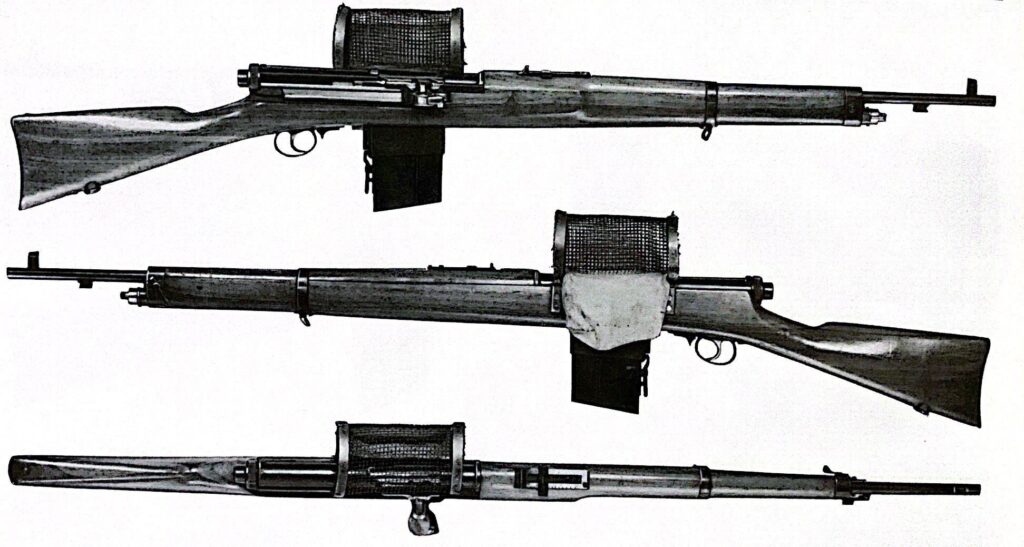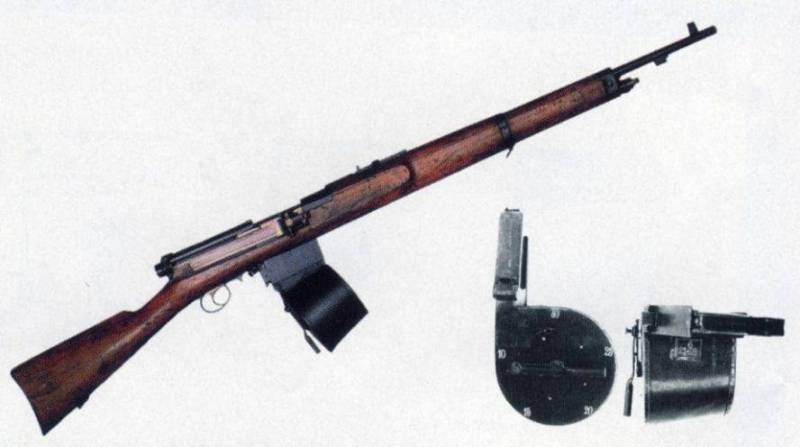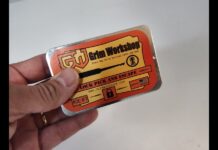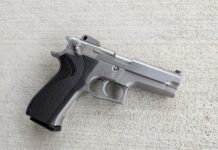
The M1 Garand gets credit for being the first successful semi-auto combat rifle. That’s only partially true. Sure, the M1 Garand was widely successful, but General Manuel Mondragón, a Mexican General and Arms designer, beat Garand by about 30 years. Mexico adopted the Mondragón Model 1908 in 1904, making it one of the earliest semi-auto rifles ever adopted by a military force.
The Mondragón and the Mexican Revolution
If you’re familiar with Mexican history, you might know that 1908 was a turbulent time in Mexico, and by 1910, the country was in full revolution. The combat that spread across the country meant that the Mondragón Model 1908 would get a baptism by fire. The Mondragón became the first semi-auto rifle fielded by the military and used in combat.

Mexico contracted with SIG, yep, that SIG, to produce the rifle. By the time the revolution started, the Swiss factories had only produced 400 rifles. The revolution saw these rifles disbursed for testing, but the Mexican military wasn’t impressed. The rifles had a high failure rate that has been blamed on the poor quality of ammo issued by the Mexican military.

In 1910, each rifle cost 160 Swiss Francs. Converted to dollars and adjusted to inflation, the Mexican military spent around 5,500 dollars per rifle. That’s not chump change by any means. The failure rate and the cost resulted in Mexico canceling the rest of the order. The 400 rifles they had were seemingly spread around to the Army, and why and where they went was somewhat lost to time.
Rumors circulated that the soldiers tasked with assassinating Pancho Villa carried the Mondragón rifles. That might explain how seven soldiers were able to fire 40 rounds so quickly and kill Pancho Villa and four others.
Onto Germany
In 1914, the Great War was in its infancy. The German Empire purchased the remaining M1908 rifles from SIG to arm themselves as much as possible. The number of rifles is unclear, although some estimates assume roughly 4,000 were sold to the German Empire. In testing, the German Army found the rifles too susceptible to fouling and failure in trench life.

The rifles were turned over to the Imperial German Flying Corps. Before plane-mounted machine guns, there was less mud in a plane, and rapid-firing, easy-handling offensive armament was needed. Bolt action rifles and pistols simply weren’t enough. The M1908 Mondragón was designated the Aviator’s Self-loading Carbine, Model 1915. The Germans strapped a new 30-round drum to the gun to improve its firepower.
Once the Germans figured out synchronization gear and machine guns, the Mondragón rifles were given to the German Navy. After World War 1, an effort was made to convert the rifles to 8mm Mausers, but it never panned out.
Inside the Mondragón
The Mondragón is a long-stroke gas piston rifle with a rotating bolt. It’s very similar to the Garand. The long-stroke gas pistons run underneath the barrel, and an op rod connects the piston to the bolt. This rifle chambered the 7x57mm Mauser cartridge, which was standard for Mexico at the time.
Troops fed the Mondragón rifle with stripper clips, and the fixed magazine held ten rounds. It’s worth noting that while the magazine was fixed, it could be removed and replaced with a detachable magazine variant. There were ten- and twenty-round magazines, as well as the German 30-round drum and the Swiss 12-round magazine.

Another interesting feature was the ability for users to convert the rifle to a straight-pull bolt action design. A lever allowed the shooter to block the gas system, and a latch on the bolt detached the bolt from the OP rod. This created an interesting backup option for manual operation.
Overall, the Mondragón Model 1908 wasn’t a massive success, but it does wear the crown of the first semi-auto combat rifle. The unique history of the rifle is fascinating. From Switzerland to Mexico to Imperial Germany, the rifle certainly saw some sights.



